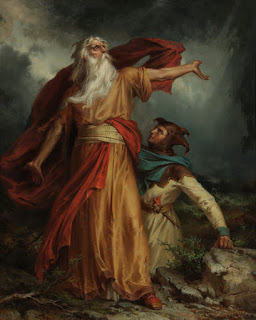Use of Rose, Trees, Tower, Wind as symbols in W.B. Yeats' poetries
W.B. Yeats frequently employed symbolic imagery in his poetry, and the symbols of the rose, trees, tower, and wind appear across various famous poems, contributing to their nuanced meanings.
1. Rose:
- In "The Rose," the rose symbolizes love and desire, representing the poet's exploration of romantic themes.
- In "The Song of Wandering Aengus," the rose appears as a symbol of idealized love, embodying the protagonist's quest for perfection.
2. Trees:
- "The Cloths of Heaven" features trees as a symbol of enduring love and the poet's willingness to provide the best for his beloved.
- In "Among School Children," the trees symbolize the passage of time and the cyclical nature of life.
3. Tower:
- The tower is a prominent symbol in "The Tower," representing a space of spiritual reflection, artistic creation, and the poet's internal struggles.
- In "Sailing to Byzantium," the tower signifies a refuge for the aged artist seeking transcendence and a departure from the mundane world.
4. Wind:
- The wind appears as a symbol of change and instability in "The Second Coming," reflecting the poet's vision of a world in upheaval.
- In "A Prayer for My Daughter," the wind symbolizes the unpredictable challenges his daughter may face as she grows up.
These symbols, consistently present in Yeats' poetry, contribute to the depth and interconnectedness of his themes. The rose embodies love, trees signify the passage of time, the tower reflects spiritual and artistic pursuits, and the wind conveys the ever-changing nature of existence. Yeats masterfully weaves these symbols into his verses, inviting readers to explore the complexities of life, love, and the human spirit.

.jpg)
Comments
Post a Comment